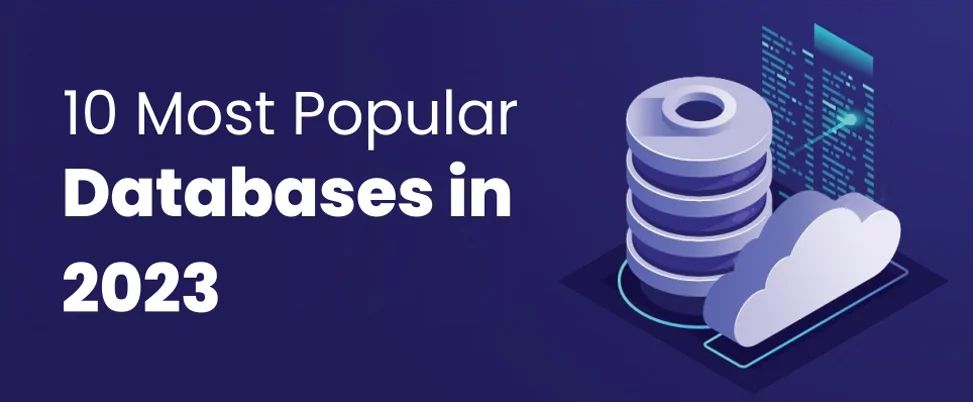Table of Contents
ToggleIntroduction
Around 328.77 million terabytes of data are generated daily.
Databases help, store, file, and manage this humungous amount of data that is
generated through different applications and systems. The market for database
management systems is expected to be valued at around $79.2 billion in 2023. It
is also expected to experience huge growth, reaching around $125.6 billion by
2026. Thus, data management is key to the growth of businesses today.
Thus, in this blog, we will delve into different types of databases available in the market that businesses can leverage for data management.
What is a Database?
A database is a storage tool using which you can collect, store, and organize data that can help you make informed business decisions. It helps us gather and manage these data easily. For instance, your bank, grocery store, bank, online shopping portals, hospital, etc. use databases to collect data on you and other customers, keep track of inventory, accounting data, etc. Some of the characteristics of a database are data integrity, performance optimization, concurrency control, security, backup, and recovery.
The Significance of Databases in Business Operations
The emergence of data-driven strategies has not only broadened the horizons for businesses but has also introduced complexities in their operations. Consequently, every organization grappling with multiple datasets must adopt a robust database management system.
This adoption allows users seamless access to their designated databases, ensuring they can retrieve pertinent information whenever the need arises. These database management programs establish crucial connections to facilitate efficient data retrieval. Implementing such solutions not only enhances overall company performance but also leads to substantial cost savings by streamlining the management of extensive data repositories.

Don't miss out on your chance to work with the best
apply for top global job opportunities today!
The Role of Databases in Business Operations
The emergence of data-driven strategies has not only broadened the horizons for businesses but has also introduced complexities in their operations. Consequently, every organization grappling with multiple datasets must adopt a robust database management system.
This adoption allows users seamless access to their designated databases, ensuring they can retrieve pertinent information whenever the need arises. These database management programs establish crucial connections to facilitate efficient data retrieval. Implementing such solutions not only enhances overall company performance but also leads to substantial cost savings by streamlining the management of extensive data repositories.
Most Popular Databases in 2023
The following are the different types of databases popular in 2023:
| Database | Type | Licensing | Suitable Business Size | Notable Features | Routing | Use Cases |
|---|---|---|---|---|---|---|
| Oracle | RDBMS | Proprietary | Large to Enterprise | Security, Scalability, Performance | Built-in | Rapid web application development, RESTful APIs, CMS |
| MySQL | RDBMS | Open Source | Small to Medium | Cost-effective, Ease of Use | Powerful | Enterprise-level applications, scalability, complex projects |
| MS SQL Server | RDBMS | Proprietary | Small to Enterprise | Industry-level Performance, Integration | Built-in | Small to medium-sized web apps, prototyping, performance |
| PostgreSQL | RDBMS | Open Source | Small to Enterprise | Stability, Flexibility, Support for JSON | Built-in | Modern web apps, security-focused, e-commerce |
| MongoDB | NoSQL(Document) | Open Source | Small to Enterprise | Flexible Schema, Easy Installation, Analytics | Built-in | High-performance apps, real-time apps, low-level control |
| High-performance apps, real-time apps, low-level control | RDBMS | Proprietary | Medium to Enterprise | Flexible Configurations, High Security | Custom | Middleware, integrating with legacy systems, customization |
| Redis | NoSQL(In-Memory) | Open Source | Small to Enterprise | High Performance, Easy-to-Use | Built-in | Rapid web app development, content-heavy sites, security |
| Elasticsearch | NoSQL(Document) | Open Source | Small to Enterprise | Fast Text-Based Search, Flexibility | Built-in | Microservices, lightweight apps, APIs, prototypes |
| Microsoft Access | RDBMS | Proprietary | Small | Ease of Use, Desktop Application | Custom | Ease of Use, Desktop Application |
| SQLite | RDBMS | Public Domain | Small | Self-contained, Embedded | Custom | Mobile apps, embedded systems, lightweight local databases |
1. Oracle
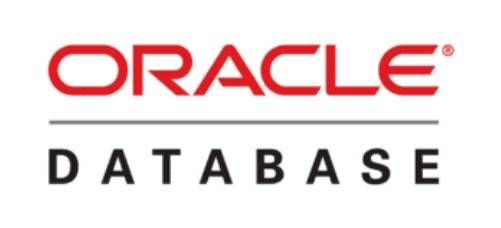
Going by the recent Statista report, Oracle held the top spot as the most popular database management system (DBMS) globally. It boasted a ranking score of 1247.52.
Oracle Database has consistently led the industry since 2006, driven by its cutting-edge features. These include AutoML, autonomic management, advanced multi-model support, and exceptional release stability, all contributing to its high demand in the market.
Oracle Database, originating in the 1970s, offers a range of versions to suit various organizational needs. It boasts compatibility with numerous operating systems, such as Windows, UNIX, Linux, and macOS, including IBM AIX, HP-UX, and others.
 Pros Pros |  Cons Cons |
|---|---|
| All-encompassing data management systems | Expensive for new businesses |
| Efficient virtual workloads | Frequent hardware upgrades to implement can be a hassle |
| Inbuilt data and security measures | |
| Comprehensive data integrity services | |
| Compatible with multiple data access patterns such as JSON and XML | |
| Best for OLAP, OLTP workloads, and blockchain tables |
2. MySQL
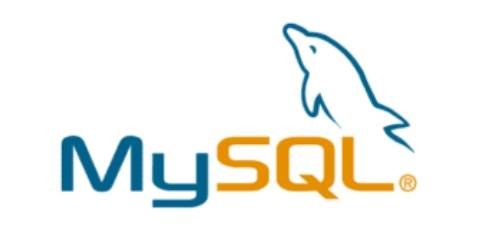
MySQL is a the most used database for web-based applications. It is best known for its regular updates and heavy security. It has both a paid and free version. The free version provides required amount of speed and reliability. Moreover, MySQL provides a choice of storage engines, customizable functionality, and streamlined data access via user-friendly interfaces.
| ✅ Pros | ❎ Cons |
|---|---|
| Feature-rich freeware database engine | Requires manual effort and incremental backups for setup |
| Variety of user interfaces | Lacks built-in support for XML or OLAP |
| Supports both structured data (SQL) and semi-structured data (JSON) | |
| Can be reinforced with other databases like DB2 and Oracle |
3. Microsoft SQL Server
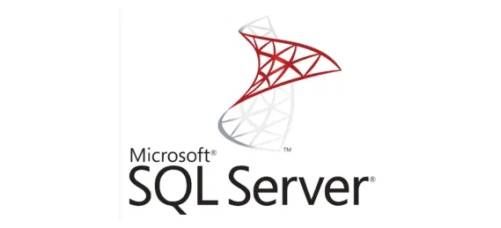
Microsoft SQL Server excels in on-premises and cloud environments, thus, seamlessly integrating with Windows and Linux platforms. Also, its user-friendly nature and the latest Azure-ready version offer innovations in security, accessibility, and operations. Integration with Microsoft Purview and Azure Synapse Link enhances real-time data prediction.
| ✅ Pros | ❎ Cons |
|---|---|
| Reduced resource usage | Cost may be high for smaller organizations |
| Seamless integration with Microsoft products | Challenging file importing with SQL integration services |
| Accessible via mobile devices | |
| ACID transaction guarantee and consistency | |
| Supports both SQL and JSON |
4. PostgreSQL
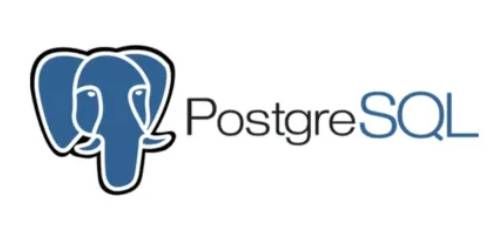
PostgreSQL, also called Postgres, is an open-source and free relational database management system that focuses on customization, extensibility, and SQL compliance. PostgreSQL supports both structured and unstructured data. You can also host it up in various environments, including virtual, physical, and cloud setups. improvements.
 Pros |  Cons |
|---|---|
| Handles high volume of data and is highly scalable | Offers very limited configuration guidance |
| Provides different prebuilt functionalities and interfaces | Speed drops during bulk data gathering |
| Supports different data types |
5. MongoDB

MongoDB is an open-source NoSQL database. It is famous for its ease of use and flexibility. Moreover, MongoDB supports data formats such as JSON and NoSQL structures. Thus, making it a lightweight database to use.
 Pros |  Cons |
|---|---|
| Compatible with JSON and NoSQL structures | Susceptible default settings |
| Easy to use schema scripting | Has a long-wound setup process |
| Lightweight to use | Doesn’t meet ACID compliance |
| Flexible document structure | Limited multi-key ACID transactions |
6. Redis
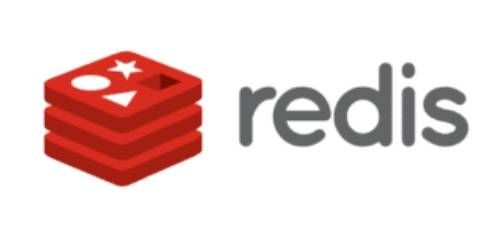
Redis is an open-source in-memory data store used as a database, cache, message broker, and streaming engine. It also offers fast data access, supports various data structures, and allows custom scripting on the server. Redis is excellent for caching frequently accessed data but has limited RAM availability.
| ✅ Pros | ❎ Cons |
|---|---|
| Extremely fast due to in-memory storage | Limited RAM availability |
| Supports various data structures | Operates on a single thread |
| Custom scripting on the server | Requires significant memory for large datasets |
| Ideal for caching frequently accessed data |
7. Elasticsearch
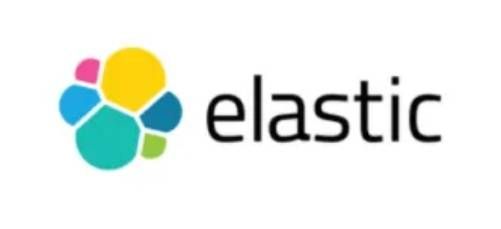
Elasticsearch is a powerful open-source search and analytics engine built on Apache Lucene. It handles large data volumes and provides fast full-text search. It also supports unstructured or semi-structured data without a predefined schema. Elasticsearch’s large community and ecosystem offer various tools and plugins.
| ✅ Pros | ❎ Cons |
|---|---|
| Advanced full-text search capabilities | Complex setup and configuration |
| Real-time search and analytics | Scaling clusters can be challenging |
| Flexible indexing and search for unstructured data | Favors speed and search over strict consistency |
| Large community and ecosystem |
8. IBM DB2
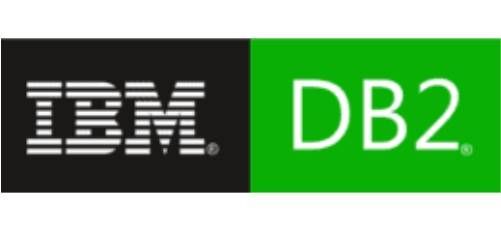
IBM DB2 is a cloud-native database supporting Windows, Linux, and Unix platforms. It offers NoSQL features like JSON and XML support. Also, the advanced version enhances performance with RDMA support and Blu Acceleration for enormous databases.
| ✅ Pros | ❎ Cons |
|---|---|
| Feasibility for physical servers and cloud | Free support for the first three years only |
| Task Scheduler for multitasking | Cost may be prohibitive for individuals and small organizations |
| Resource optimization with Blu Acceleration | Cluster or secondary nodes may require third-party tools |
9. Microsoft Access
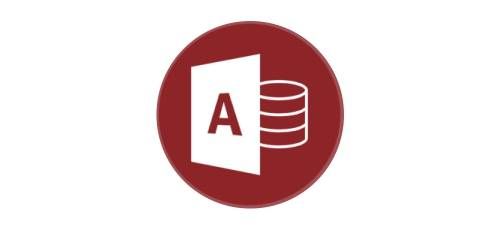
Microsoft Access is a relational database management system that uses its format, Access Jet Database Engine. It also offers a graphical interface for designing, managing, and analyzing data efficiently, making it accessible to users.
 Pros |  Cons |
|---|---|
| Offers an effective, easy to use interface with drag-and-drop functionality | Lag in performance compared to robust DBMSs |
| Compatible with Microsoft Office applications | Limited option for enhanced security features and access controls |
| Provided mostly as part of Microsoft Office suites | Concurrent access and data integrity is a challenge |
10. SQLite
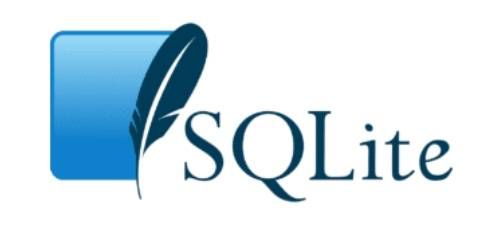
SQLite is a database tool written in the C programming language. It is a library and not a standalone app. It requires no separate server process and works with a single database file. While it supports ACID properties, it operates in a single-writer/multiple-reader mode and may have limitations in handling complex joins.
| ✅ Pros | ❎ Cons |
|---|---|
| It operates without the need for a separate server process, making it ideal for embedding within applications | SQLite operates in a single-writer/multiple-reader mode, which may restrict concurrent write operations |
| It works efficiently with a single database file | Handling complex joins involving multiple tables can be more challenging compared to traditional RDBMS |
| SQLite’s compact library suits resource-constrained environments like mobile apps and embedded systems | It may not be suitable for managing very large datasets or demanding high-performance tasks |
| SQLite adheres to ACID properties, ensuring data integrity and reliability | Advanced features like stored procedures and triggers, present in more sophisticated database systems, are absent in SQLite |
Final Thoughts
The foundational elements of software applications and mobile app databases play a crucial role in a business’s success. Databases serve as essential tools for your business operations. Now, with an understanding of the most popular databases in the market and their contributions to safeguarding your business’s vital data, you can make informed decisions about which database to rely on.
Take control of your career and land your dream job
sign up with us now and start applying for the best opportunities!

Frequently Asked Questions
Oracle is the leading real-time database management system RDBMS that provides database services and cloud computing services such as PaaS, SaaS, and OCI. Additionally, it also sells enterprise software applications for various business functions, including enterprise resource planning (ERP), customer relationship management (CRM), and supply chain management (SCM).
A record is a value or attribute that represents an entity stored in the database table. It could be the name, date of birth, or student_ID.
It is a value that an attribute or column in a database table can hold. It helps define the data types in a particular column. For example, if we have a column name, then the domain of that data type will be text.
MongoDB, PostgreSQL, and MySQL are the best free database software used in 2023.
Yes, it offers high-performance solutions, better security than Oracle, and a scalable platform with enterprise-level support.

